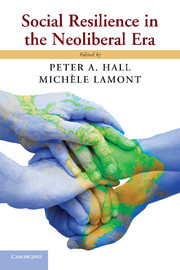Foreword
Published online by Cambridge University Press: 05 May 2013
Summary
The Canadian Institute for Advanced Research (CIFAR) brings together some of the world's most extraordinary thinkers to form global research networks that frame and answer important questions for humanity at the frontiers of human knowledge.
Most often, these exciting questions lie at the boundaries between disciplines. Accordingly, CIFAR research networks are deliberately made up of a diverse array of exceptional individuals who work together in an environment that encourages collegiality, collaboration, respect, trust, meaningful engagement, and vigorous debate and discussion.
Today, CIFAR’s global research networks are addressing some of the most interesting and pressing questions of our time. Their work has the potential to improve human health and the environment, transform technology, build strong societies, understand human culture, and chart the universe. The results are as unpredictable as they are exciting, leading to new ways of thinking and addressing central questions that confront humanity.
CIFAR has three programs that fall under the theme of Building Strong Societies. Researchers in these programs are creating new frameworks to understand how our economies, institutions, and communities are best structured to serve their citizens. Their work is intended to inform and guide political and economic leaders around the world in setting new policies to improve the quality of human life.
The research in CIFAR’s Building Strong Societies cluster is especially relevant today as movements such as the Arab Spring, the Occupy Movement, and the 2012 student protests in Québec grab international headlines. The twentieth century witnessed extraordinary improvements in living standards around the world, yet disparities within countries and between nations continue to grow, threatening to undermine the very progress that has been achieved over the past few generations.
- Type
- Chapter
- Information
- Social Resilience in the Neoliberal Era , pp. xi - xivPublisher: Cambridge University PressPrint publication year: 2013

